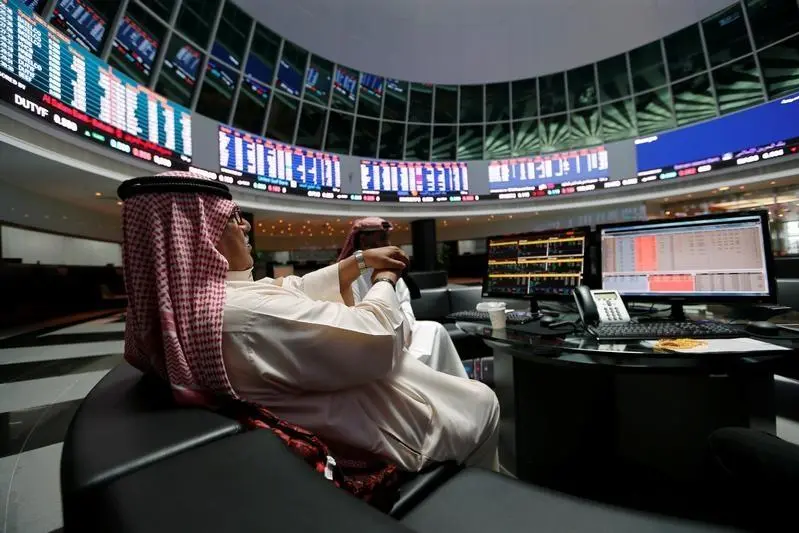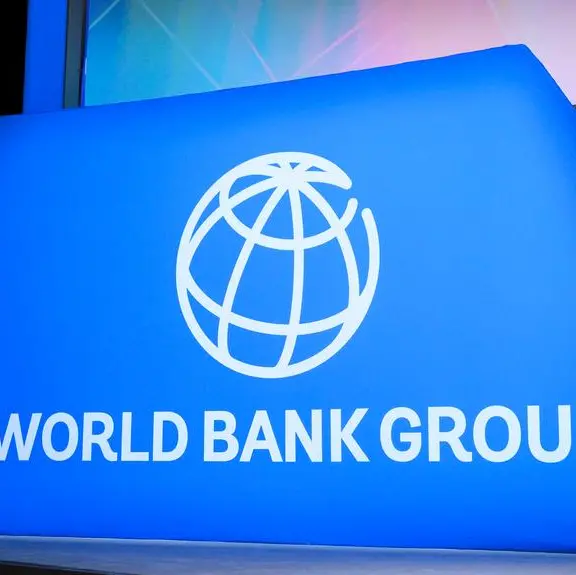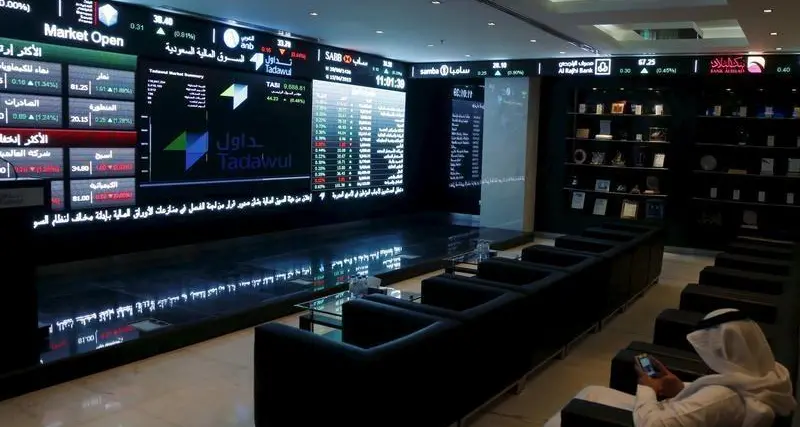PHOTO
22 September 2016
Banks in the Gulf Cooperation Council countries, besides some other regions, will remain under pressure for the remainder of 2016 and 2017, S&P Global has said in a report.
The operating environments in these emerging banking markets are suffering from the effects of low commodity prices on economic growth and investment activity and weakening local currencies outside the GCC, it said.
Positively, over the past few months, S&P has seen a slow return of foreign investors to some of these markets because interest rates remain low or negative in developing markets and investors are actively hunting for higher yield.
Countries including those in the GCC region have a significant dependence on commodity exports to support government and current account revenues. Commodity prices therefore have a material impact on these countries' economic performance.
S&P Global Ratings revised its oil price forecasts in early 2016.
"We now expect the current low oil prices to persist and believe that they will increase only moderately for at least the next two years, averaging $45 a barrel in 2017 and $50 in 2018. What's more, when oil price plummeted, it dragged down some other commodity prices.
"Given the dependence of some of these countries on commodities exports, we now expect the economic growth in these markets to remain muted, after having been divided by almost four times between 2010 and 2016."
Lower economic growth means fewer growth opportunities for banks in the GCC.
"We expect loan growth in the region will reach around 6% on average in 2016 compared with around 10% in 2015. We think this slowdown will persist in 2017, with growth stabilising at around 5%.
Lower oil prices mean lower liquidity, as deposits from governments and their related entities account for between 20% and 40% of the deposit base of GCC banks, and this inflow of money depends heavily on oil prices.
With the decline in liquidity, the cost of funding for banks has increased. The drop in economic growth has exposed the most vulnerable borrowers, primarily subcontractors and small and midsize enterprises, leading to higher default rates and provisioning needs.
Overall, S&P thinks that not only will banks' loan growth decline, but profitability will also drop, prompting some banks to take a closer look at their efficiency and potentially triggering mergers or acquisitions.
The trend started in June 2016, it said with the announced merger between two banks in Abu Dhabi, First Gulf Bank and National Bank of Abu Dhabi, to create one of the largest banks in the region. On a positive note, S&P thinks that the deterioration will be largely controlled and that banks have the capacity to absorb the negative impacts thanks to their strong asset quality, good profitability, and strong capitalisation.
"We also expect the pressure on banks' liquidity in the GCC to ease, owing to lower loan growth and governments tapping foreign capital markets or their own reserves to inject liquidity locally," S&P Global said.
Banks in the Gulf Cooperation Council countries, besides some other regions, will remain under pressure for the remainder of 2016 and 2017, S&P Global has said in a report.
The operating environments in these emerging banking markets are suffering from the effects of low commodity prices on economic growth and investment activity and weakening local currencies outside the GCC, it said.
Positively, over the past few months, S&P has seen a slow return of foreign investors to some of these markets because interest rates remain low or negative in developing markets and investors are actively hunting for higher yield.
Countries including those in the GCC region have a significant dependence on commodity exports to support government and current account revenues. Commodity prices therefore have a material impact on these countries' economic performance.
S&P Global Ratings revised its oil price forecasts in early 2016.
"We now expect the current low oil prices to persist and believe that they will increase only moderately for at least the next two years, averaging $45 a barrel in 2017 and $50 in 2018. What's more, when oil price plummeted, it dragged down some other commodity prices.
"Given the dependence of some of these countries on commodities exports, we now expect the economic growth in these markets to remain muted, after having been divided by almost four times between 2010 and 2016."
Lower economic growth means fewer growth opportunities for banks in the GCC.
"We expect loan growth in the region will reach around 6% on average in 2016 compared with around 10% in 2015. We think this slowdown will persist in 2017, with growth stabilising at around 5%.
Lower oil prices mean lower liquidity, as deposits from governments and their related entities account for between 20% and 40% of the deposit base of GCC banks, and this inflow of money depends heavily on oil prices.
With the decline in liquidity, the cost of funding for banks has increased. The drop in economic growth has exposed the most vulnerable borrowers, primarily subcontractors and small and midsize enterprises, leading to higher default rates and provisioning needs.
Overall, S&P thinks that not only will banks' loan growth decline, but profitability will also drop, prompting some banks to take a closer look at their efficiency and potentially triggering mergers or acquisitions.
The trend started in June 2016, it said with the announced merger between two banks in Abu Dhabi, First Gulf Bank and National Bank of Abu Dhabi, to create one of the largest banks in the region. On a positive note, S&P thinks that the deterioration will be largely controlled and that banks have the capacity to absorb the negative impacts thanks to their strong asset quality, good profitability, and strong capitalisation.
"We also expect the pressure on banks' liquidity in the GCC to ease, owing to lower loan growth and governments tapping foreign capital markets or their own reserves to inject liquidity locally," S&P Global said.
© Gulf Times 2016












